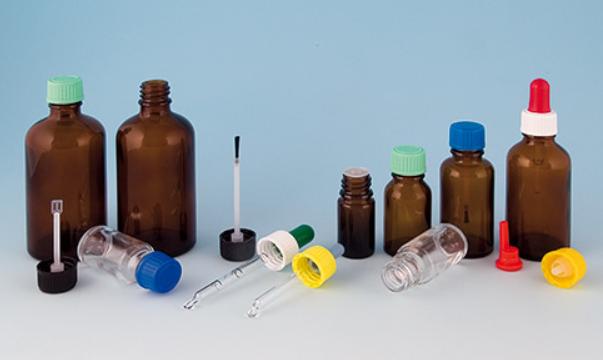
[cspt-portfolio h_h2=” Pharma” h_h4=” Pharma Solution” h_description=” Plastic provides a cost-effective and reliable form of packaging for products in a variety of industries, including the pharmaceutical sector. There are two types of polymers commonly used in pharmaceutical packaging: thermoplastics and thermosets. There is a distinct difference between these two material categories—thermoplastics can be reheated and remolded, while thermosets cannot.
-Thermosets are often preferred for sealed products because they offer structural integrity and superior heat resistance. They are often used to create protective layering for other packaging materials, as closures/lids for glass and plastic packaging, as durable pharmaceutical casings, and more. The most frequently used thermoset plastics include melamine formaldehyde, epoxy resins, phenol-formaldehyde.
-Thermoplastics have a wide range of applications and manufactured at a large quantity with impeccable precision. This type of plastic is common for making plastic containers. Some of the most common thermoplastics include polyvinyl chloride, polypropylenes, polyethylene terephthalate, polyolefin Plastic packaging systems define a set of packaging materials that are composed wholly or in substantial portion of plastic materials which contain or is intended to contain pharmaceutical formulations. They are very commonly used as packaging materials for most types of pharmaceutical dosage forms due to the several advantages they possess over glass containers.
Because plastic container is, or may be, in direct contact with the pharmaceutical formulations, they are usually made of materials which do not include in their composition any substance that can alter the efficacy or stability of the formulation, or present a risk of toxicity. This article mainly focused on plastic containers, their uses and compositions, types, ideal properties, formation/ moulding techniques, evaluation studies, advantages and disadvantages. Plastic Packaging Systems include any container, whether it is bag, bottle, syringe, or inhaler, which comes into direct or indirect contact with the drug product. Therefore, the packaging system also includes secondary components such as labels, closures, and printing. Evaluation of a plastic packaging system according to USP
includes biological reactivity, and physicochemical testing. A chemical safety assessment of the plastic packaging system should also be considered, and this could be accomplished through extractables and leachables testing” style=”2″ show=”12″ gap=”15px”]
-Thermosets are often preferred for sealed products because they offer structural integrity and superior heat resistance. They are often used to create protective layering for other packaging materials, as closures/lids for glass and plastic packaging, as durable pharmaceutical casings, and more. The most frequently used thermoset plastics include melamine formaldehyde, epoxy resins, phenol-formaldehyde.
-Thermoplastics have a wide range of applications and manufactured at a large quantity with impeccable precision. This type of plastic is common for making plastic containers. Some of the most common thermoplastics include polyvinyl chloride, polypropylenes, polyethylene terephthalate, polyolefin Plastic packaging systems define a set of packaging materials that are composed wholly or in substantial portion of plastic materials which contain or is intended to contain pharmaceutical formulations. They are very commonly used as packaging materials for most types of pharmaceutical dosage forms due to the several advantages they possess over glass containers.
Because plastic container is, or may be, in direct contact with the pharmaceutical formulations, they are usually made of materials which do not include in their composition any substance that can alter the efficacy or stability of the formulation, or present a risk of toxicity. This article mainly focused on plastic containers, their uses and compositions, types, ideal properties, formation/ moulding techniques, evaluation studies, advantages and disadvantages. Plastic Packaging Systems include any container, whether it is bag, bottle, syringe, or inhaler, which comes into direct or indirect contact with the drug product. Therefore, the packaging system also includes secondary components such as labels, closures, and printing. Evaluation of a plastic packaging system according to USP
includes biological reactivity, and physicochemical testing. A chemical safety assessment of the plastic packaging system should also be considered, and this could be accomplished through extractables and leachables testing” style=”2″ show=”12″ gap=”15px”]
